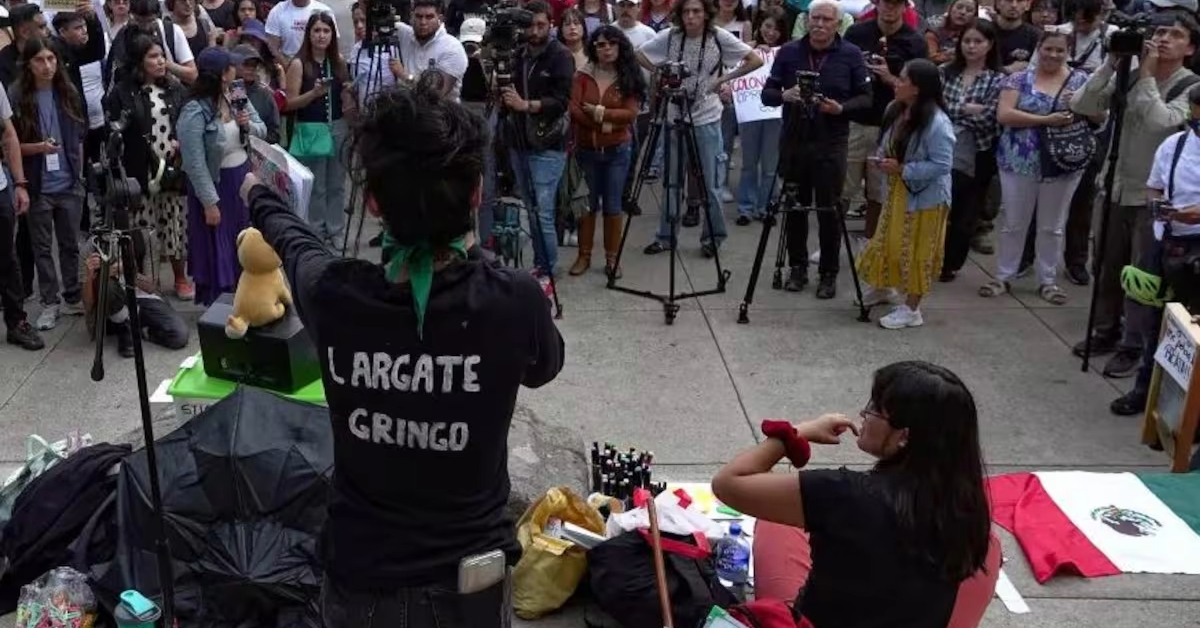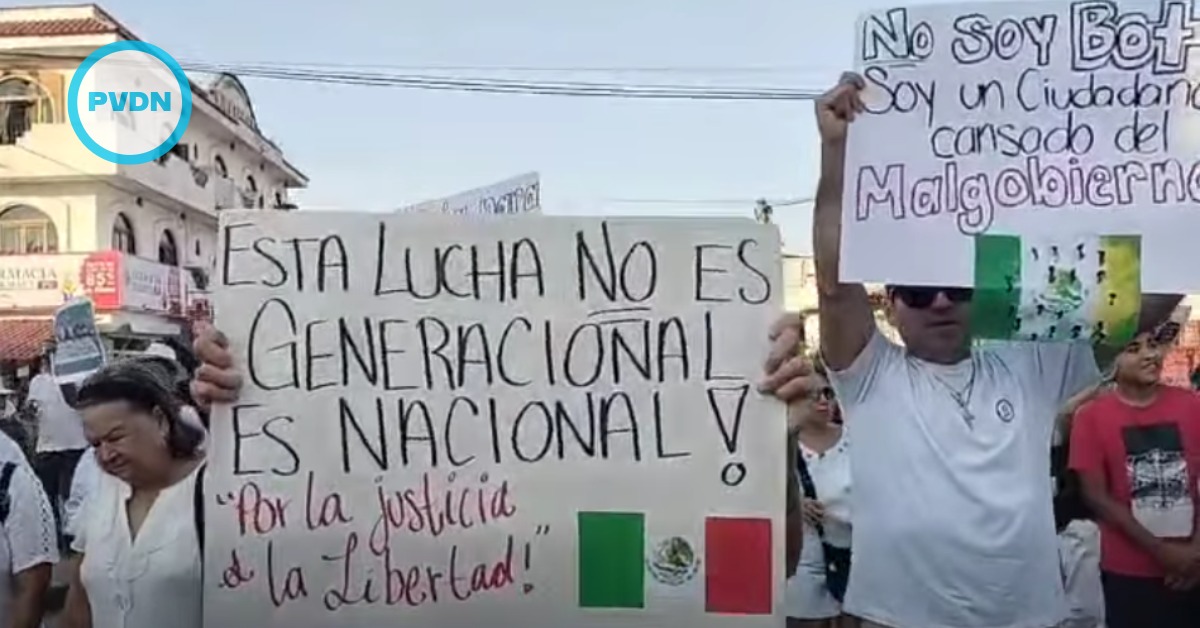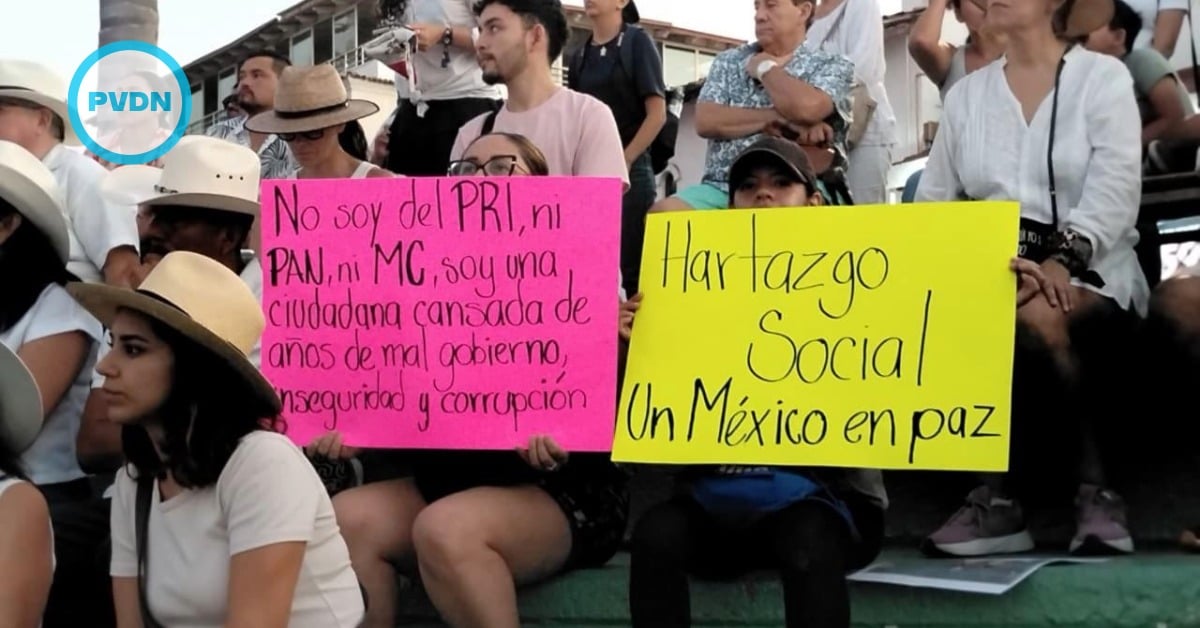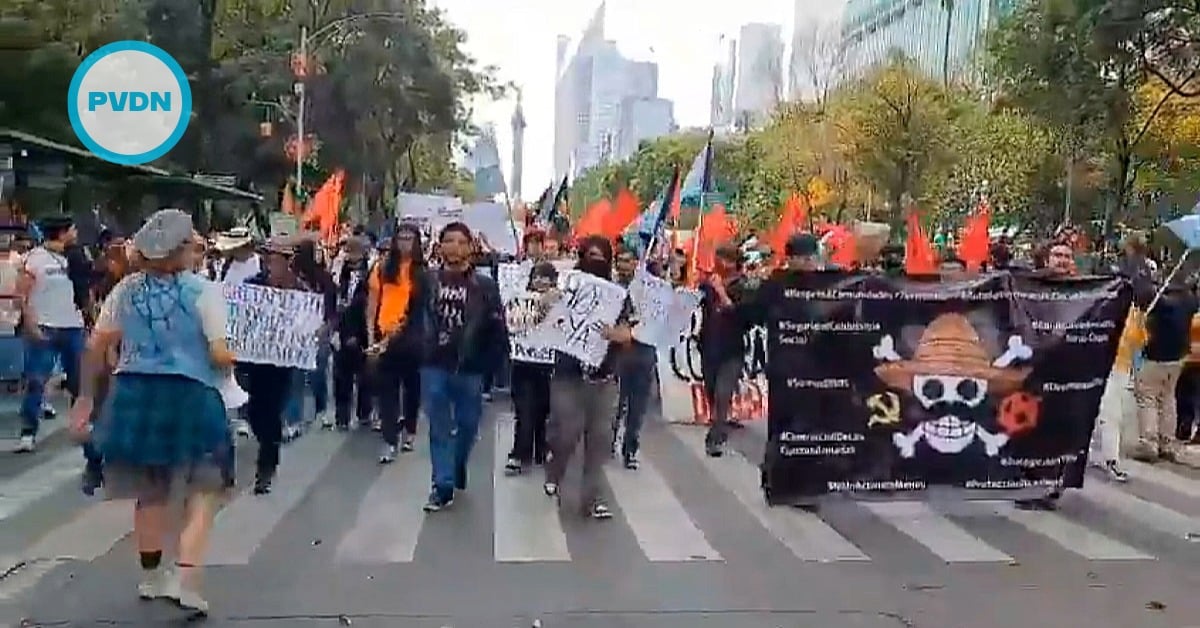The line between anti-gentrification and racism is clear if you choose to see it: genuine activism targets policy and practice, not nationality or ethnicity.
I have lived in Mexico for two decades, and I have never witnessed the level of anti-American sentiment that exists today. All of it is tied to the buzzword "gentrification," a term often misunderstood and misused as a cover for racism and xenophobia.
Today, Mexico City held its first "Anti-Gentrification" protest at Parque Mexico and along Reforma—areas originally established by Spanish royalty who . . .






